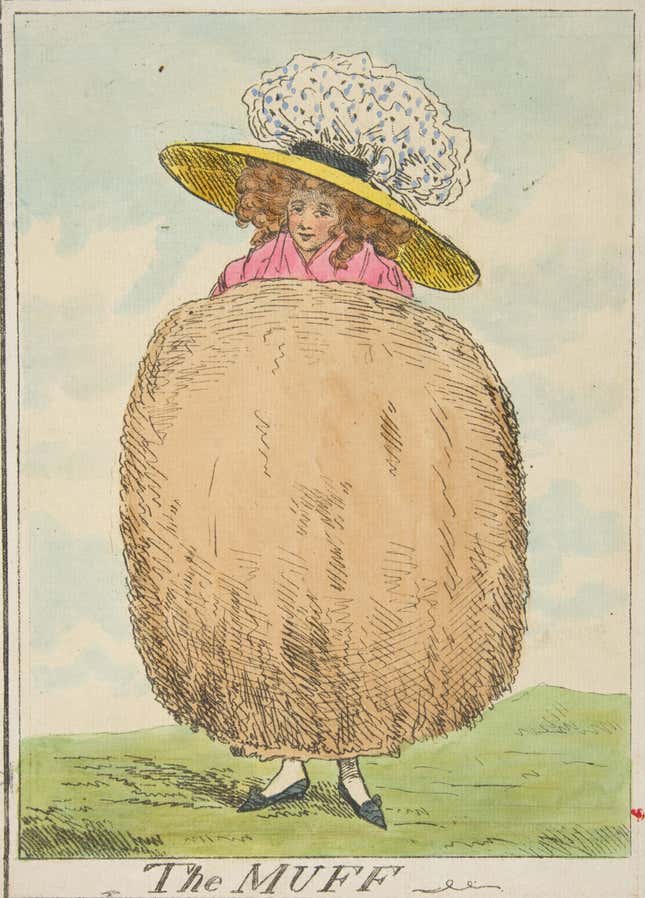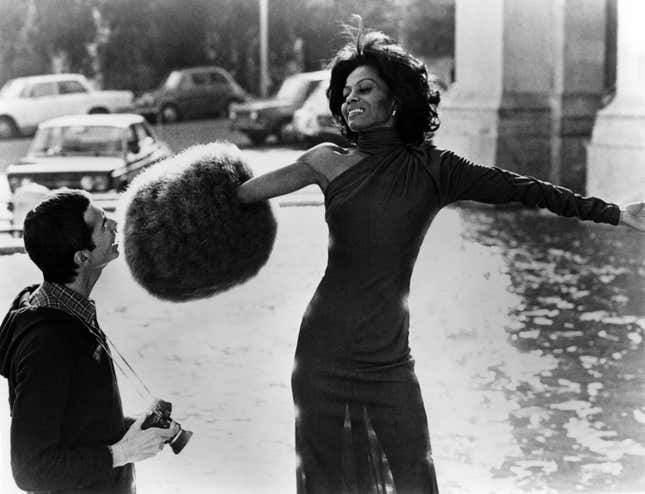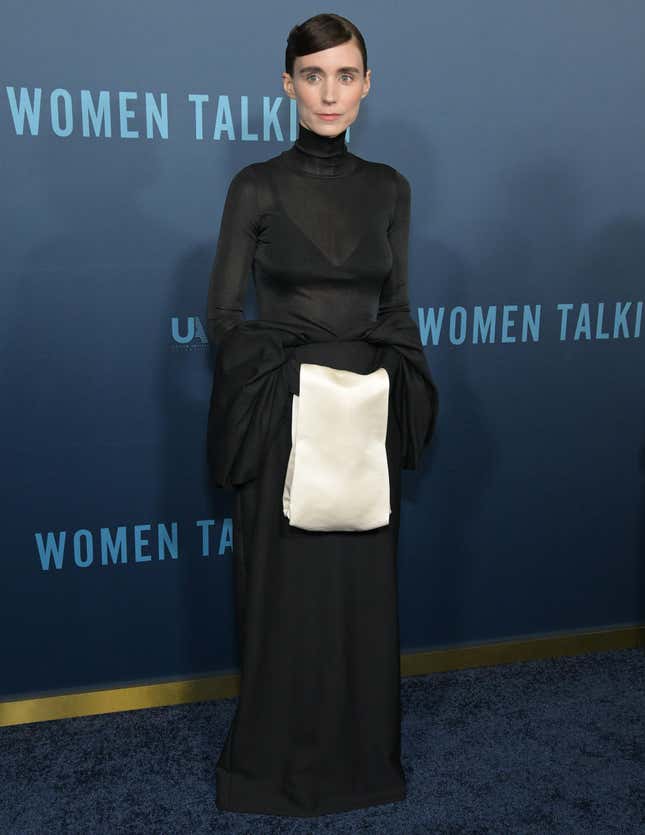For Your Consideration This Winter: The Muff
Allow me to make the case for the once-fashionable, now-antiquated, impossibly posh hand warmer.
BeautyStyle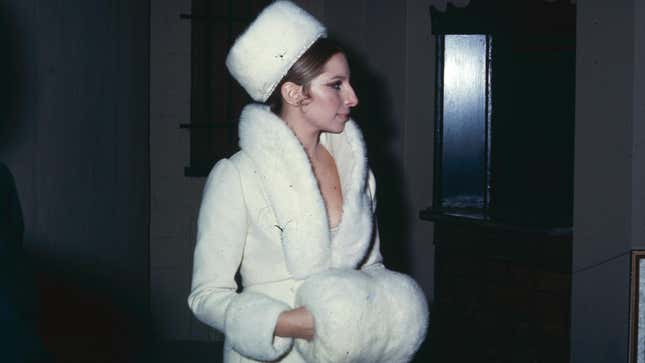

Samantha Parkington was born in 1895, only to be orphaned five years later when her parents were tragically killed in a boating accident. After their untimely deaths, she moved in with and was cared for by her grandmother and uncle in Mount Bedford, New York. As a young girl she enjoyed embroidery, painting, public speaking, and playing the piano. Her favorite accessories were a heart-shaped locket, a doll pram, and a white fur muff (with matching hat!). The moment I laid my eyes on that muff in the first grade, I knew I needed one for myself. Oh, I should clarify that Samantha Parkington is an American Girl doll.
I didn’t own a Samantha Parkington doll, but I ended up with something much more cherished: a real life hand muff. That winter my mom kindly sewed me my own muff made of black faux fur from Joann Fabrics. It had an attached knitted string so it could hang from my neck when my 6-year-old hands inevitably wandered. In my young mind it was the epitome of high class. Like saddle shoes or a poodle skirt, the hand muff scratched my itch for girlish nostalgia of yesteryear.
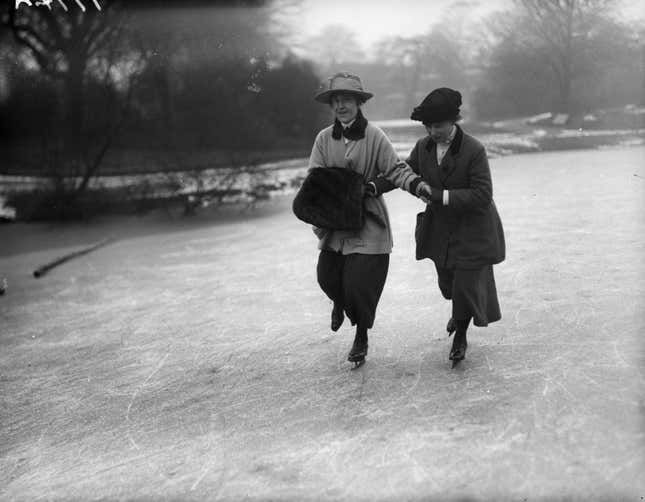
But why are muffs an accessory of the past? Why isn’t every Brooklyn fashion-devotee waiting on the train platform with their hands tucked into a cozy fabric hot pocket during the freezing winter months? My 32-year-old self could certainly benefit from such a romantic hand warmer, just as my 6-year-old self did. So I set out, lantern in hand, through the blizzarding conditions, to find answers to my questions. Of course, to know where something has gone, one must understand from where it first came.
“Lovely to hear from a fellow muff afficionado,” Beatrice Belhen wrote in her email to me. Immediately I was comforted by the assurance that I was amongst my people. Behlen is the Senior Curator of Fashion and Decorative Arts at the Museum of London and, as she said, a muff afficionado. In a 2018 article for the museum’s website, Behlen wrote about her own desire to “orchestrate a return of the muff.” Where do I go to enlist in that effort?
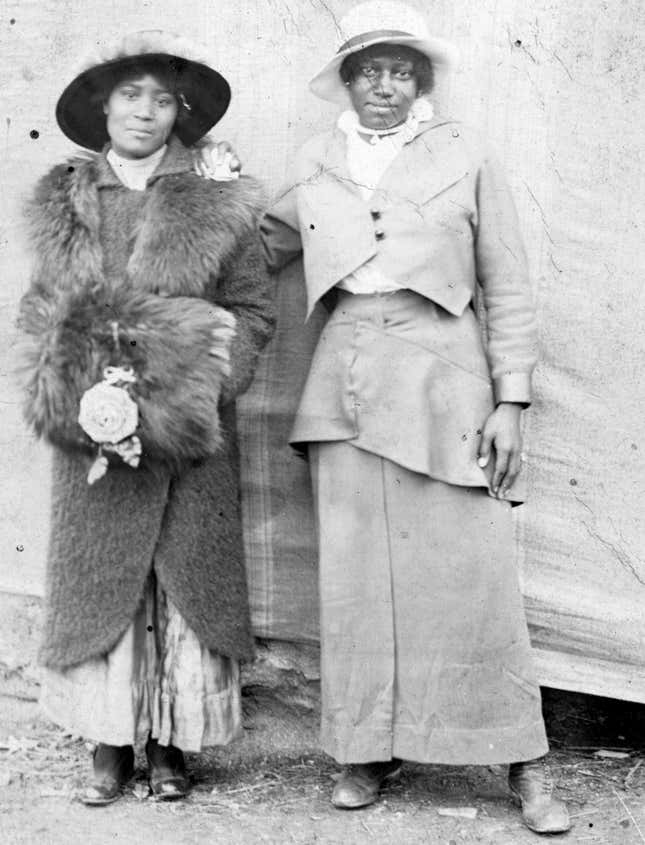
Without a doubt, muffs’ number one and two competitors are gloves and mittens, both of which have won out in the court of public opinion. But that ruling didn’t always stand. In the 16th century, gloves, often made from leather, were “more decorative items” and they “wouldn’t actually warm your hands,” Behlen explained to me. Knitted gloves, which were popular before leather gloves, were referred to as “liturgical gloves” and used mainly for church. So when it came to keeping your fingers warm, muffs prevailed.
Popularized mostly by women, but worn by men as well, muffs were at the height of fashion in England and Scotland from the mid-17th century to the turn of the 18th century. The Museum of London has a print dating back to 1598 of a Venetian woman carrying a muff, which is the earliest appearance of a muff in its collection. “The idea for the muff arose with the abandonment of the very wide, long, often fur-lined sleeves worn in the early half of the 16th century,” Behlen said. They were typically made from rabbit or sable fur, though there are records of antique silk muffs. King Louis XIV of France, known for his dramatically opulent style, was said to have muffs made from tiger’s fur.
-

-

-

-

-

-

-

-

-

-

-

-

-

-

-

-

-

-

-

-

-

-

-

-

-

-

-

-

-

-

-

-

-

-

-

-

-

-

-

-

